American Made Car Companies
-
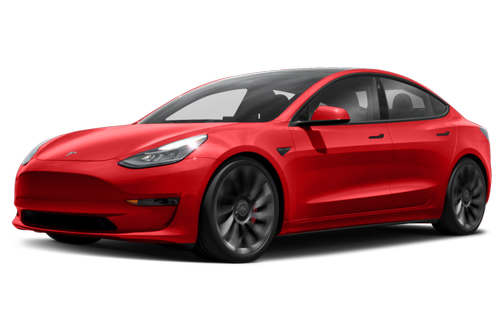
2021
Tesla Model 3
Assembled in Fremont, Calif.
$39,990 starting MSRP
-
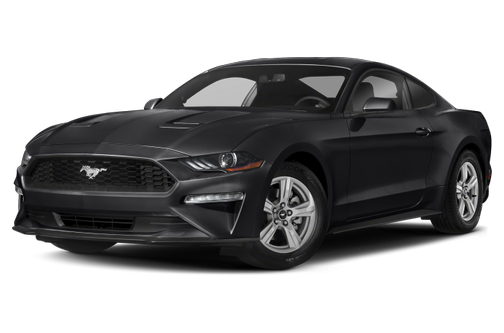
2021
Ford Mustang
Assembled in Flat Rock, Mich.
$27,205 starting MSRP
-
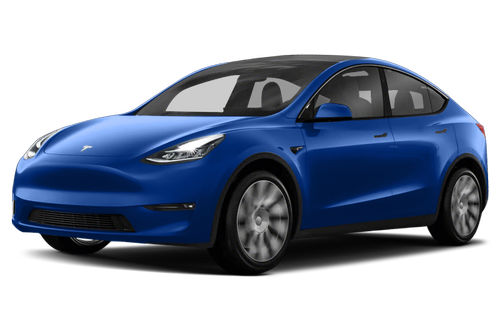
2021
Tesla Model Y
Assembled in Fremont, Calif.
$51,990 starting MSRP
-
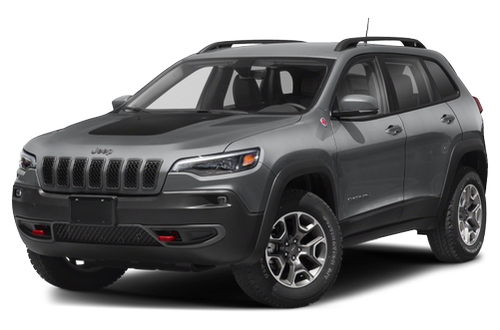
2021
Jeep Cherokee
Assembled in Belvidere, Ill.
$27,210 starting MSRP
-

2021
Chevrolet Corvette
Assembled in Bowling Green, Ky.
$59,990 starting MSRP
-
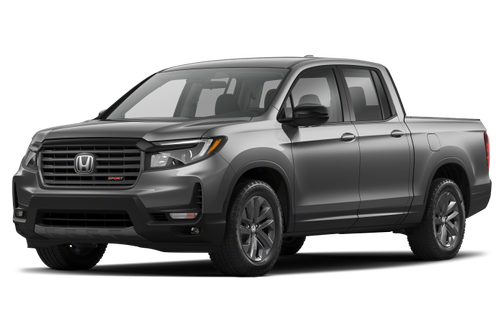
2021
Honda Ridgeline
Assembled in Lincoln, Ala.
$36,490 starting MSRP
-

2021
Honda Odyssey
Assembled in Lincoln, Ala.
$31,790 starting MSRP
-

2021
Honda Pilot
Assembled in Lincoln, Ala.
$32,550 starting MSRP
-

2021
Honda Passport
Assembled in Lincoln, Ala.
$32,790 starting MSRP
-

2021
Toyota Tundra
Assembled in San Antonio, Texas
$34,205 starting MSRP
-
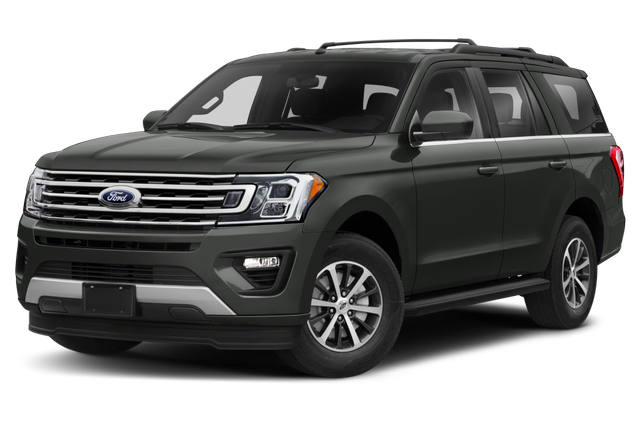
2021
Ford Expedition
Assembled in Louisville, Ky.
$49,625 starting MSRP
-
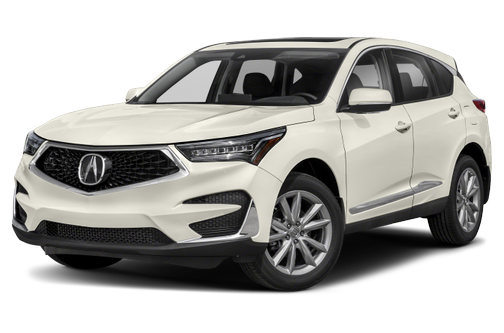
2021
Acura RDX
Assembled in East Liberty, Ohio
$38,400 starting MSRP
American-Made Index methodology
To create the American-Made Index, Cars.com analyzes five primary factors:
- Location of final assembly
- Percentage of U.S. and Canadian parts
- Country of origin for available engines
- Country of origin for available transmissions
- U.S. manufacturing employees relative to the automaker's footprint
In compliance with the American Automobile Labeling Act (PDF, 8.5MB), automakers must annually report the percentage of U.S. and Canadian parts, by value, for the vast majority of passenger cars. Such information is required to appear on the window sticker, or a separate sticker nearby, for nearly every new vehicle sold in the U.S.
The AALA lumps Canada into the same pool as the U.S., so the American-Made Index also factors in the country of origin for a car's available engines and transmissions, a calculation involving parts and labor that the AALA also requires automakers to disclose, to ensure the origins for such high-value components are American — not Canadian.
Beyond drivetrains, the AALA doesn't emphasize labor costs, particularly when it comes to final assembly. To address that, the AMI factors each automaker's U.S. manufacturing workforce against the number of cars it produces in the country, with index scores applied on an automaker-wide basis.
The index ranks individual models on a 100-point scale, grouping related variants under the same nameplate and platform (a hatchback variant of a popular sedan, for example) but separating full hybrid or plug-in variants. In cases of a tied index score, heavier curb weights function as a tiebreaker. Sources for the AMI include data obtained from automakers and Automotive News, as well as our analysis of hundreds of thousands of vehicles in Cars.com inventory and in-person dealership audits on hundreds of new cars.
Why some vehicles don't qualify for the American-Made Index
Although automakers assemble some 125 light-duty nameplates in the U.S. for the 2020 model year, not all of them qualify for AMI rankings.
Automakers are not required to submit AALA data for vehicles with a gross vehicle weight rating of more than 8,500 pounds, an echelon that includes full-size vans, heavy-duty trucks and the like. What's more, manufacturers that build fewer than 1,000 cars in a given model year aren't required to give percentages of U.S. and Canadian content. Due to insufficient data, the AMI excludes vehicles from either group.
We implement a few other disqualifiers beyond that: We don't rank fleet-only vehicles, or vehicles slated for discontinuation after the current model year without a U.S.-built successor. We also exclude any vehicles for which we lack high confidence in the data therein, typically because they fall below minimum sales and inventory thresholds or aren't yet on sale at the time of our research.
Due to changes in methodology, results for the 2021 American-Made Index cannot be compared to results for the index's prior generation, published from 2017 to 2019. The first iteration of the AMI ran from 2006-16.
Cars.com's Editorial department is your source for automotive news and reviews. In line with Cars.com's long-standing ethics policy, editors and reviewers don't accept gifts or free trips from automakers. The Editorial department is independent of Cars.com's advertising, sales and sponsored content departments.
Related stories
Source: https://www.cars.com/american-made-index/







Tidak ada komentar:
Posting Komentar